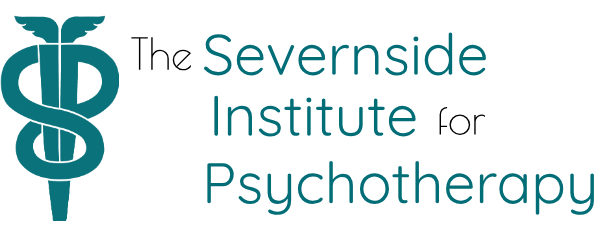I was sad to hear that Pat Gosling, a long-time Member and Associate of SIP, died on 12 January 2021. She passed away peacefully in her sleep at her home in Rode. She had been in failing health for some time but remained clear headed and in good spirits to the end in this her ninetieth year.
Pat had extensive involvement with SIP over the years, becoming a Member shortly after the SIP was set up. Pat had trained as a Psychoanalytic Psychotherapist with the Guild of Psychotherapy, firmly within the British Independent Tradition. In the 1980s she lived and worked in the West Country and was delighted to join the SIP which, like the Guild, was an eclectic organisation that valued a range of different theoretical approaches to the psychoanalytic endeavour. She enthusiastically encouraged me to join when I moved down to Herefordshire from London and throughout her membership of SIP she was a very positive publicist for the organisation, recruiting members, trainees and supporters for it. When she retired from clinical work she continued her involvement as an Associate Member.
Pat became a Training Therapist and Supervisor with SIP and was a regular contributor to the Annual General Meetings and study days. A major contribution to the SIP was in the production of the Newsletter, later the Bulletin and Review then the journal 50 Minutes. Pat had remarkable IT skills which she put to excellent use on SIP’s behalf. She was editor for ten years from 1990 – 2000 and contributed many articles and reviews herself as well as encouraging contributions from other members. She was a staunch supporter of study days, conferences and events and when the SIP public lectures were established both she and her husband William were regular attenders. Pat was also a very generous supporter of the charitable work of the SIP, donating regularly to the subsided Treatment and Training Fund. She supported several initiatives that were linked to the SIP such as The Trialogue Conference and the Learning Community and was always open to well informed discussions where her learning and critical capacity were valued.
Pat had an astonishing depth of understanding of the human condition which she put to good use as a psychotherapist. She had a full and rich life and she brought a fine intellect to an understanding of it from many viewpoints, psychological, spiritual, cultural and artistic. She had had quite a tough upbringing and found the strain of social mobility very painful as she left her Nottingham home to study medicine at the Royal Free Hospital in London. After marrying William in 1953 she became a full-time wife and mother for several years but she never lost her interest in medicine, and especially in the meeting of the psychological and the physical, and she soon got involved in the world of counselling and Marriage Guidance. Training to become a psychoanalytical psychotherapist was a welcome opportunity to bring together many strands of knowledge and experience and the work was deeply satisfying for her.
Pat had some encounters with tragedy and loss in her own life and this undoubtedly helped her to be the exceptionally compassionate person she was in both her personal and professional relationships. She was amazingly well read and never stopped delighting in new ideas and arguments, not only within the psychoanalytic world. She was always open to intellectual challenges and was well able to articulate her views while never losing her wide tolerance for the views of others. Increasingly she wrote articles and began to publish larger works from autobiography through criticism to poetry. Alongside her professional life Pat remained passionately committed to her family, across several generations, and to music and gardening, and her beloved Wales. She was, for over fifty years, a Quaker, a quietly thoughtful member of the Religious Society of Friends. And she was, for many people, a great, and joyful, friend.
In thinking about Pat’s contribution to the Severnside I am struck by how much she gave to the organisation for over thirty years. I have listed some of the ways in which she contributed to SIP and I know that she would have readily asserted that it was a two way traffic and she got much fulfilment and satisfaction and friendship back in return. One final point I wish to make, however, is that, in addition to more obvious ways of participating in the work of the organisation, Pat was always, and importantly, available to others to talk about its development and its problems. Her measured understanding of the human, together with her wide-ranging learning and broad eclecticism, meant that she was able to be a good influence in moments of controversy. In many situations she was a voice of quiet wisdom and for that she will be both remembered and much missed.
Muriel Mitcheson Brown
